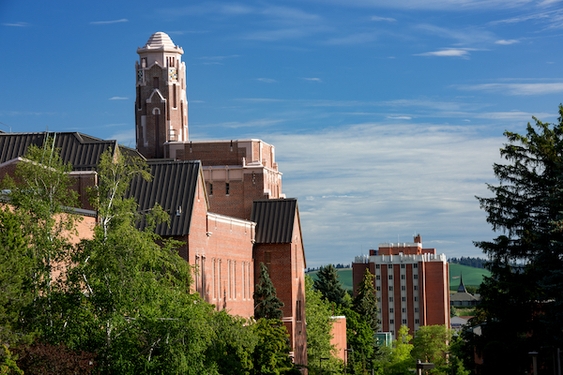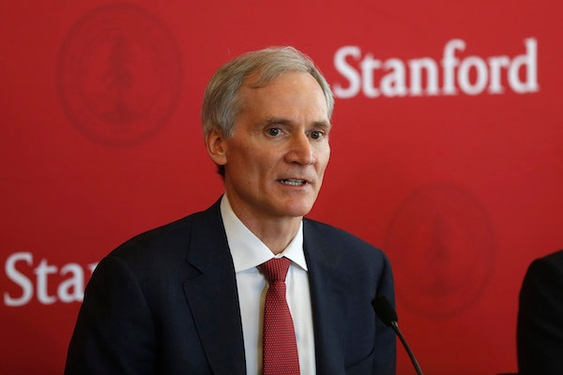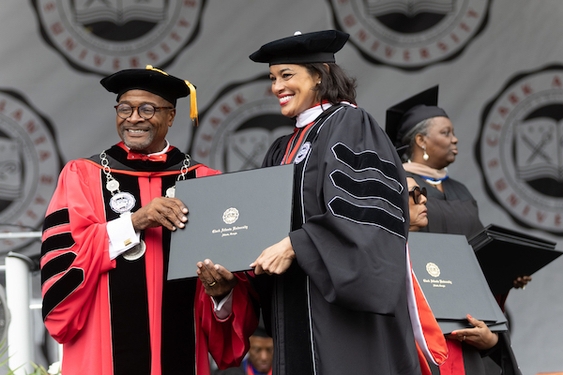Soaring college costs have bedeviled the poor and the rich alike, but those hit with the sharpest increases since the recession are the least able to afford it.
America's colleges and universities are shifting the burden of their big tuition increases onto low-income students, widening troubling disparities in access to higher education, an analysis of federal data shows.
The surprising trend is playing out at many Bay Area schools, especially private universities, but the University of California is a notable exception.
At Saint Mary's College in Moraga, the total bill for low-income freshmen -- including housing, meals and books -- rose 60 percent in three years to $26,100, on average, even after subtracting scholarships and grants. For wealthier students, that net cost grew by 6 percent.
"People ask me how I haven't lost it yet," said Brianna Molina, a freshman biochemistry major at Saint Mary's College.
Molina took loans and works four jobs to cover roughly $20,000 for one year of college.
Wealthier students still pay more for college educations, on average. However, to help colleges maintain enrollments, keep revenue rolling in and raise standing in rankings, these students are getting billions of dollars in discounts and institutional financial aid that many critics say should go instead to their lower-income classmates.
With few exceptions, students whose families make less than $30,000 are now expected to pay nearly as much -- or more -- than their annual incomes for one year at major Bay Area private colleges, even after subtracting scholarships and grants, according to U.S. Department of Education data.
At Saint Mary's, the poorest freshmen paid an average of $9,840 more in 2011-12 than they would have three years earlier, in inflation-adjusted dollars. Their total bill, after scholarships -- including housing, meals and books -- came to $26,100 per year, on average.
The first-year students from higher-income families still paid a higher total -- $39,000, on average. But the increase for their poorer classmates was four times as high -- $9,983, compared with $2,280.
The poor also took bigger hits than their better-off classmates at Santa Clara University, the University of San Francisco and Dominican University of California in San Rafael, the data show.
Admissions is "a balancing act," said Mike Sexton, Santa Clara's vice president for enrollment management. Unless a school has a huge endowment like Stanford's, he said, it needs students who bring in tuition. And merit scholarships are one way to attract them.
"It's not quite a coupon, but a tuition discount is close to that," Sexton said.
Even at Stanford, poor and working-class freshmen saw their net costs increase by more than 40 percent after adjusting for inflation, while the price tag fell for their wealthier classmates.
Still, the lowest-income students paid an annual net cost of $4,500 in 2011-12 -- much less than they would at a public university.
California's public universities, where the state has slashed funding, bucks the trend. Wealthier students shoulder the lion's share of net-price increases, which on average rose $4,000 between 2008 and 2012, as the poorest students paid $1,000 more.
UC Berkeley's lowest-income students saw their costs drop by $367 during that period, after adjusting for inflation.
A University of California-wide policy adopted in 2009 shields students with family incomes under $80,000. They pay no systemwide tuition or fees -- a point that new UC President Janet Napolitano is quick to raise.
The system pays the bulk of its Blue and Gold Opportunity Plan with tuition from better-off students.
Still, such policies don't cover other rising costs, such as housing and food, and the state's need-based scholarships haven't kept pace with those increases and fee hikes in either university system.
New housing and meal plans at California State University East Bay drove its total cost up by about $4,000, school officials said. As a result, the net price for its poorest freshmen grew by 73 percent.
In other states, including Illinois, Alabama and Arizona, lower-income students have been particularly vulnerable to tuition increases at taxpayer-supported public universities, the federal figures show.
"Institutions are really allocating resources to attract those not full-paying, but close to full-paying, students to secure the revenue they need," said Laura Perna, a professor at the University of Pennsylvania's Graduate School of Education and an expert on higher-education financing.
"As any rational actor, they're making decisions in their own self-interest, but those are not necessarily in the public interest."
Why did the costs for their poorest students rise so dramatically? Saint Mary's College officials said the school couldn't afford previous levels of aid. "It simply wasn't sustainable," financial aid director Priscilla Muha said. "We could not afford giving the generous packages we were giving and be able to pay utilities and salaries."
Saint Mary's and Santa Clara University officials both note that the number of low-income students at their schools has held steady or grown, even though their net costs rose.
But financial-aid experts and some university administrators concede the shift to merit-based funding is widening the gap between the nation's rich and poor.
At private universities nationwide, students from the poorest families saw the biggest dollar increase over the 2008-2012 period: about $1,700, after adjusting for inflation, according to an analysis by The Dallas Morning News, The Hechinger Report and the Education Writers Association.
At private research universities, including many of the nation's most elite, the net price rose by an average of $2,700 for the lowest-income families -- those earning under $30,000 a year -- compared with $1,400 for their higher-income classmates. Those averages are also adjusted for inflation, and the sample is limited to students taking federal aid.
"Schools are talking out of both sides of their mouths. They say that they support access, but in general they're giving more and more of their aid to higher-income students," said Stephen Burd, a senior policy analyst at the New America Foundation, a nonprofit think tank.
It's "affirmative action for the rich," he said.
Colleges and universities last year gave about $8.3 billion in merit aid to students whose family incomes were too high to qualify for federal Pell Grants, the College Board reports. Dividing a little money among higher-income students means their families will pay the rest -- filling more seats when enrollments are declining, and keeping revenue coming in. Giving that same amount to a single low-income student would result in a bottom-line loss.
Better-off students tend to come from better-funded high schools and also typically bring the kinds of test scores and grades that make colleges look better in rankings.
The result is that, since 1995, the proportion of merit-aid students has overtaken the proportion getting need-based aid, nearly doubling from 24 percent to 44 percent at private institutions, and more than doubling at taxpayer-supported public universities, from 8 percent to 18 percent, according to the Department of Education.
Financial-aid officials say higher-income families work this system, pitting institutions against one another to negotiate for deeper discounts and capturing a lopsided share of outside scholarships.
Molina, an 18-year-old from Dublin, said she receives no financial support from her family to attend Saint Mary's, and the burden weighs heavily. Last semester, she worked to midnight weekdays at the Dublin Target store -- and had an 8 a.m. class the next day. Her grades suffered.
"I'm still really stressed out about my financial situation," she said, "and how I'm going to afford it here next year."
———
©2014 The Oakland Tribune (Oakland, Calif.)
Visit The Oakland Tribune (Oakland, Calif.) at www.insidebayarea.com
Distributed by MCT Information Services




